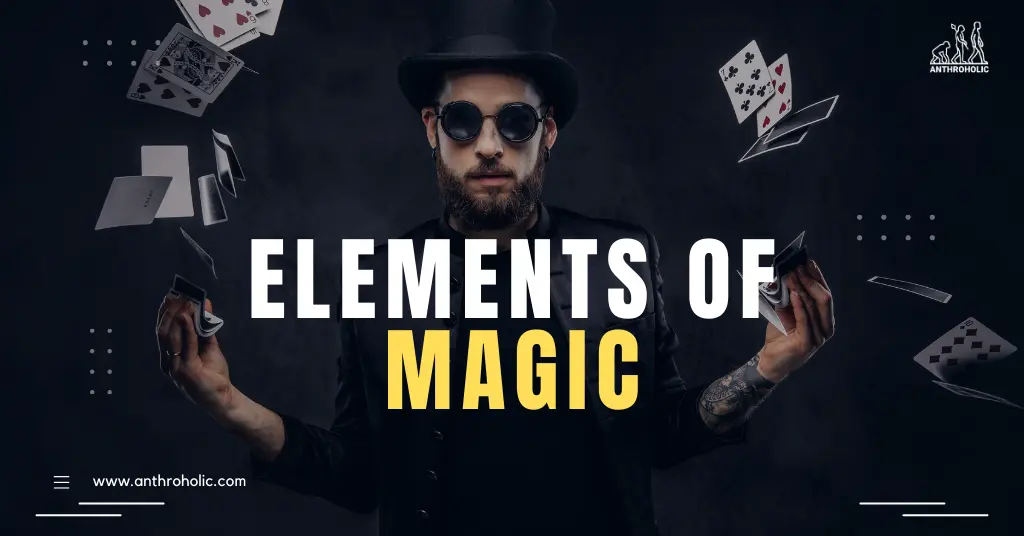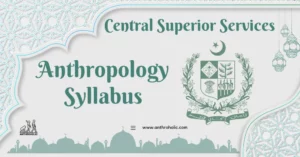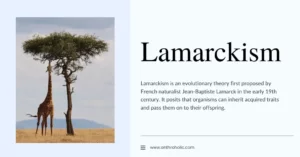AI Answer Evaluation Platform Live Now. Try Free Answer Evaluation Now
Elements of Magic
Three central elements of magic: The practitioner, the practical aim, and the magical formula. These elements are integral to the understanding and practice of magic across a wide range of cultures, forming a framework that helps anthropologists analyze the significance of magic in society [1].

The Practitioner
Defining the Practitioner
The practitioner, often referred to as the magician, wizard, witch, or shaman, is an individual who uses magic as a means to influence or control events, people, or forces in the natural world [2]. They typically possess specific knowledge, skills, and tools that enable them to effectively perform magical rituals.
Types of Practitioners
There are various types of magical practitioners in different cultures:
- Shamans: Found primarily in tribal societies, shamans are believed to have special access to the spirit world and often use magic for healing purposes [3].
- Witches: Witches are often associated with Europe’s early modern period but are found in numerous cultures globally. They use magic to both help and harm, depending on the cultural context.
- Magicians: In the Western tradition, magicians often perform ceremonial magic, invoking spiritual entities to achieve their aims [4].
The Practical Aim
Magic has several practical aims that can be generally categorized into the following:
- Healing: The use of magic to heal the sick or injured is common in many cultures. This could involve spells, incantations, potions, or talismans believed to have healing properties.
- Protection: Magic can be used to protect individuals, communities, or specific places from harm. This might involve casting protective spells or creating amulets or charms.
- Divination: Magic is often used to predict the future or gain insights into the unknown. Techniques may include reading tea leaves, casting runes, or consulting the stars.
- Love and Fertility: Spells to induce love or enhance fertility are common in many traditions. These often involve specific rituals, symbols, or substances.
The specific aims of magic can vary widely between cultures and practitioners, demonstrating the adaptability of magic to meet social and cultural needs.
The Magical Formula
The magical formula, often composed of incantations, rituals, and physical components, represents the methodological aspect of magic.
Incantations
Incantations, or spells, are sequences of words believed to have magical power. They can take many forms, including rhymed couplets, long prose passages, or short phrases, and are often spoken, chanted, or sung.
Rituals
Rituals are specific sequences of actions performed in a precise order. They can involve a wide range of elements, from simple gestures to elaborate ceremonies involving multiple participants, special costumes, and specific locations.
Physical Components
The physical components of a magical formula can include a wide range of items, such as herbs, stones, animal parts, and symbolic objects. These are often used in conjunction with incantations and rituals to enhance the magic’s efficacy.
| Incantations | Rituals | Physical Components |
|---|---|---|
| Rhymed couplets, prose passages, short phrases | Gestures, ceremonies, specific locations | Herbs, stones, animal parts, symbolic objects |
Conclusion
Magic, with its complex systems of practitioners, aims, and formulas, plays an essential role in many cultures around the world. Its study provides valuable insights into human beliefs, practices, and societal structures, making it a fascinating area of anthropological research. The diversity and adaptability of magic underscore the creativity and resilience of human cultures in their quest to understand and influence the world around them.
References
[1] Evans-Pritchard, E.E. (1976). Witchcraft, Oracles, and Magic among the Azande. Clarendon Press.
[2] Malinowski, B. (1948). Magic, Science, and Religion and Other Essays. Beacon Press.
[3] Eliade, M. (2004). Shamanism: Archaic Techniques of Ecstasy. Princeton University Press.
[4] Hanegraaff, W.J. (2005). Dictionary of Gnosis & Western Esotericism. Brill.




